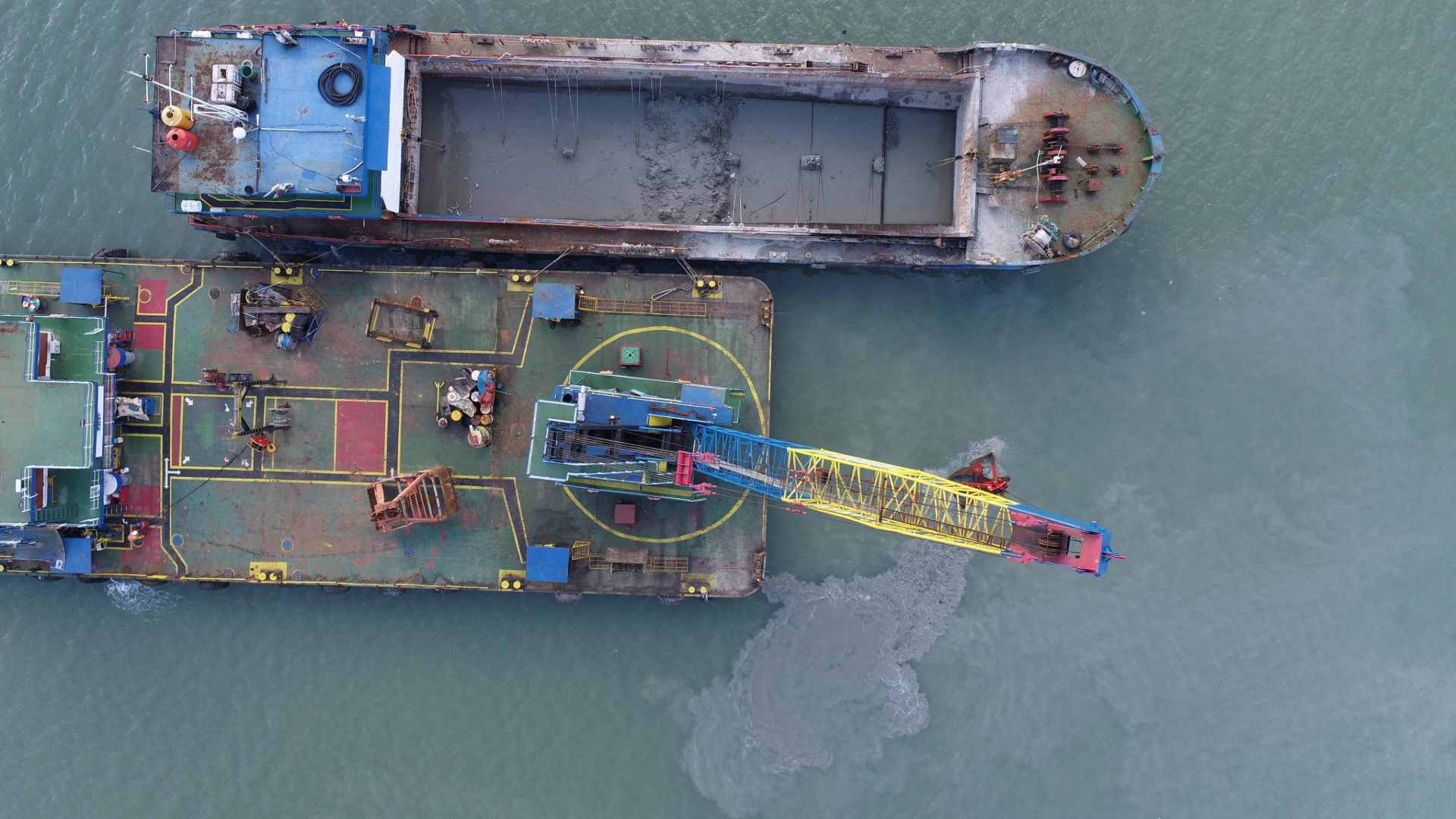Introduction
The Myall River dredging project in the Hawks Nest and Tea Gardens region has reached an important milestone, with work now underway on the Eastern Channel. This follows the successful completion of dredging in the Myall River Channel and Corrie River Channel—two critical waterways that had been experiencing reduced navigability due to sediment build-up.
The large-scale river dredging effort is removing an estimated 100,000 cubic metres of sand from key waterways, ensuring safer navigation for boats and enhancing the overall environmental health of the region’s aquatic ecosystem.
Why River Dredging is Essential for Myall River
Over time, rivers and channels naturally accumulate silt, sand, and other sediments through tidal movements, stormwater runoff, and natural erosion. While this is a normal process, excessive sediment build-up can cause a range of problems, including:
- Reduced channel depth that limits boat access and increases grounding risks.
- Altered water flow that impacts fish habitats and aquatic vegetation.
- Increased flooding risk due to restricted water movement.
The Myall River, which plays a vital role in the local environment and economy, has been particularly affected in recent years. Sediment build-up in the Myall River Channel, Corrie Channel, and Eastern Channel had reduced safe navigation, especially during low tides. This made river dredging not just a convenience for boat users but a necessity for community safety, environmental health, and tourism.
Progress of the Myall River Dredging Project
The current dredging work is being carried out by Dredging Solutions, a specialist contractor experienced in environmental and navigational dredging. So far, crews have completed:
- Myall River Channel dredging – Restoring channel depth for safer vessel movement.
- Corrie Channel dredging – Improving water flow and navigation between key points.
With these stages completed, the project has shifted focus to the Eastern Channel, which is expected to further improve waterway accessibility in the Hawks Nest and Tea Gardens area.
How the Removed Sand Will Be Used
One of the most innovative and environmentally beneficial aspects of this project is the planned reuse of dredged material. Instead of disposing of the 100,000m³ of sand offshore or in landfill, the sand is being stockpiled at the end of the Winda Woppa peninsula.
This stockpiled sand will later be used to replenish Jimmys Beach after erosion events. Jimmys Beach has long been vulnerable to coastal erosion, particularly during storm surges and heavy wave action. By having a readily available supply of sand, the local council can respond more quickly to erosion damage, protecting both the beach environment and nearby properties.
This beneficial reuse of dredged material represents a sustainable approach to dredging, aligning with best practices in coastal and river management.
Environmental and Community Benefits
The Myall River dredging project is expected to deliver several key benefits:
- Improved navigation for recreational and commercial boating.
- Reduced risk of flooding through enhanced water flow.
- Protection of marine habitats by restoring natural tidal exchange.
- Economic boost through tourism and boating activities.
- Sustainable coastal protection for Jimmys Beach via sand replenishment.
For the community, this project not only improves day-to-day access to waterways but also strengthens long-term environmental resilience.
Weather-Dependent Timeline
The dredging work began earlier in the year and, if weather conditions remain favourable, is expected to be completed by late October. Weather plays a significant role in dredging operations, as high winds, heavy rains, or strong currents can delay work or affect sediment removal efficiency.
Local authorities have assured residents and visitors that every effort is being made to complete the project on time, while still prioritising environmental safeguards.
The Role of Modern Dredging Techniques
The Myall River dredging project is utilising modern dredging technology designed to minimise environmental impact. This includes precise sediment removal to avoid disturbing sensitive habitats, careful placement of dredged material for reuse, and adherence to strict water quality monitoring requirements.
Modern river dredging methods are far more targeted and efficient compared to older, more disruptive techniques. This ensures that the benefits—safer navigation, improved water flow, and sustainable sediment reuse—are achieved without compromising the river’s ecological balance.
Long-Term River Management
Dredging is not a one-off fix. Over time, sediment will naturally accumulate again in the Myall River’s channels. This is why long-term river management plans are essential. Future maintenance dredging will likely be required at intervals, depending on sedimentation rates, weather patterns, and waterway use.
For now, the current dredging works represent a significant reset—returning the Myall River and its connecting channels to optimal depth and navigability.
Community Engagement and Transparency
Throughout the project, local authorities and Dredging Solutions have kept the community informed through progress updates and clear communication on project impacts. This transparency helps address concerns, especially regarding noise, temporary restrictions on boating in certain areas, and the visual presence of dredging equipment.
Public feedback has been generally positive, with many residents welcoming the improvements to navigation and the proactive approach to protecting Jimmys Beach from erosion.
Looking Ahead
Once the Eastern Channel dredging is complete and the sand is ready for coastal protection use, the Myall River will be in a far better position to support both environmental health and economic activity.
The project demonstrates how river dredging, when planned and executed responsibly, can serve multiple purposes—restoring waterway function, supporting biodiversity, and safeguarding vulnerable coastlines.
As the Hawks Nest and Tea Gardens community looks forward to the completion of the project by late October, the Myall River dredging effort stands as an example of how modern dredging can balance environmental care with practical outcomes.
